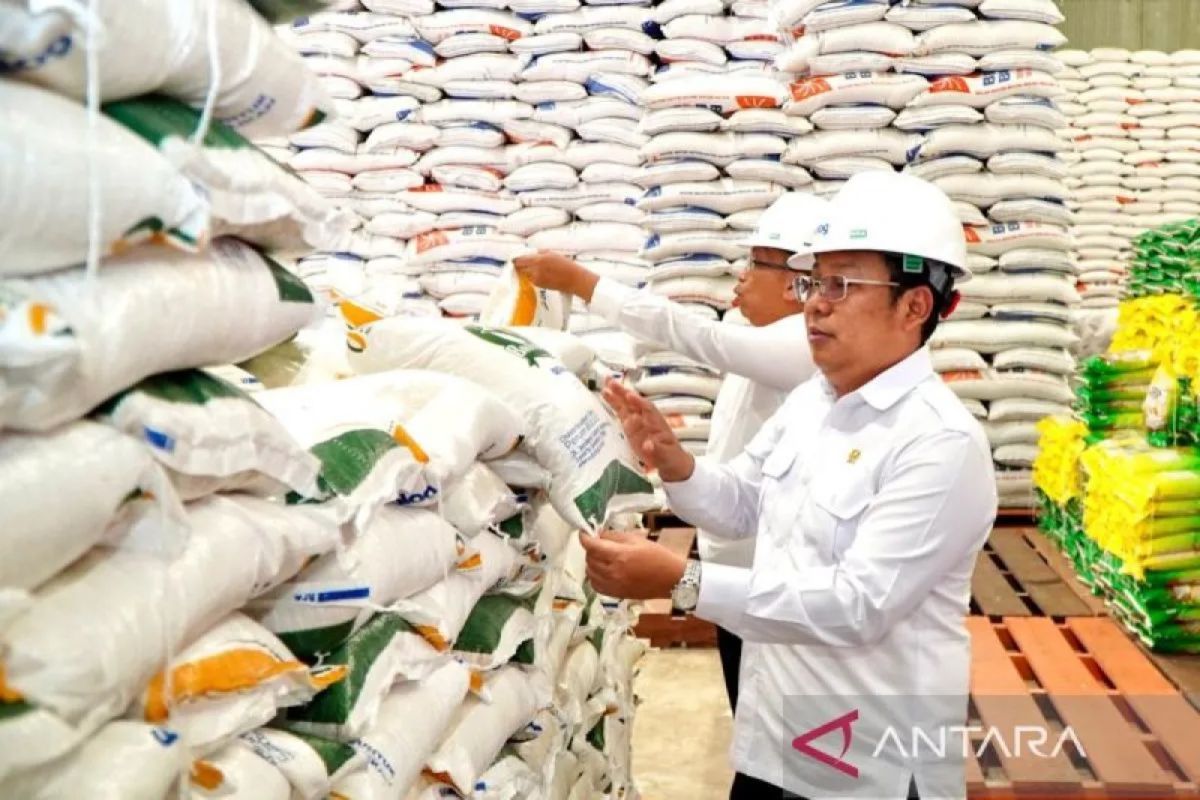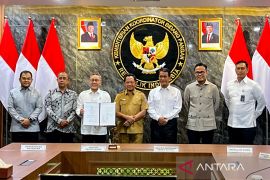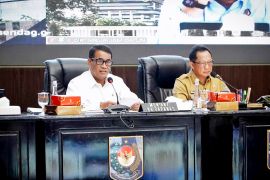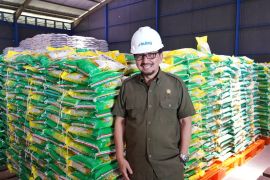Director of Food Vigilance at Bapanas, Nita Yulianis, stated that the 29.99 thousand tons of rice comprises around 3 thousand tons of locally-produced rice and 26.89 thousand tons of imported rice.
"Rice whose quality has deteriorated will be reprocessed to improve its quality before distribution," she said at a regional inflation control meeting here on Monday.
Yulianis noted that state-run logistics firm Bulog needs to regularly test the quality of government rice reserves to ensure the rice distributed to the community is safe for consumption.
Furthermore, Bapanas also urged partners involved in the distribution to coordinate to avoid disputes over price and mechanism in selling subsidized rice provided under the government's food supply and price stabilization (SPHP) program.
According to her, there have been complaints from partner sellers that people's interest in purchasing SPHP rice has declined because, in the Cheap Food Movement (GPM), the rice is sold at the same price as that at warehouses.
As of October 3, 2025, Bulog has distributed 462 thousand tons of SPHP rice, or around 30 percent of the target of 1.5 million tons.
Agriculture Minister Andi Amran Sulaiman earlier expressed optimism that Indonesia would achieve rice self-sufficiency soon, following the increased rice production in the country.
“God willing, within the next three months, if there are no obstacles, we will be able to declare that Indonesia has achieved rice self-sufficiency,” he noted in a statement issued on Friday (October 3).
Statistics Indonesia (BPS) projected that the total rice production from January to November 2025 will reach 33.19 million tons, 12.62 percent higher than that recorded in the same period last year, namely 29.47 million tons.
Related news: Indonesia nears rice self-sufficiency amid production surge
Related news: RI government to distribute rice plus cooking oil in Oct-Nov food aid
Translator: Maria Cicilia, Raka Adji
Editor: Arie Novarina
Copyright © ANTARA 2025












